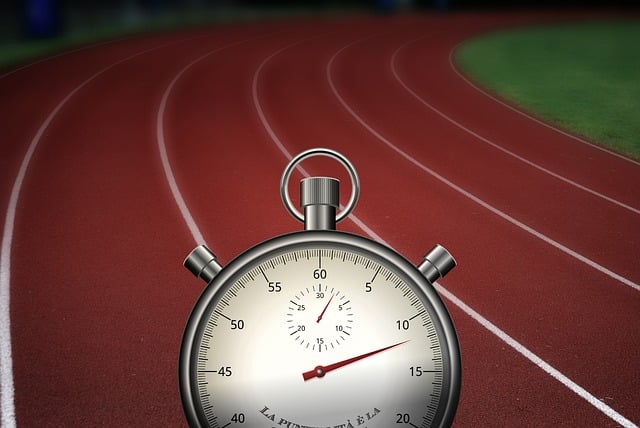Beyond the Finish Line: How to Recover, Refuel, and Reset After a Big Run

Strong 8k brings an ultra-HD IPTV experience to your living room and your pocket.
Crossing the finish line after a long race or an intense training session feels incredible — a mix of pride, relief, and exhaustion. But once the adrenaline fades, what you do next matters just as much as the kilometres you’ve clocked. Proper recovery is the key to better performance, fewer injuries, and a stronger return to training.
Start with a Cool Down
The first few minutes after your run are when recovery really begins. Slow your pace gradually instead of stopping suddenly — let your heart rate come down naturally. A light walk followed by gentle stretching keeps your muscles from tightening up and helps your circulation return to normal.
Once you’re home, it’s time to freshen up. Washing your face and arms under a basin tap can help remove salt and sweat, giving your body an instant sense of relief while helping your skin breathe again. It’s a small but refreshing ritual that signals to your body that the hard work is done and it’s time to relax.
Refuel the Right Way
Your body has burned through energy stores, and it needs refuelling. Aim to eat within 30–60 minutes of finishing your run. The ideal combination is a balance of carbohydrates to restore glycogen and protein to repair muscle tissue.
Here are a few quick recovery snack ideas:
A smoothie made with banana, oats, and protein powder
Greek yoghurt with honey and berries
Wholegrain toast topped with eggs and avocado
Hydration is equally important. Water is essential, but if you’ve sweated heavily, consider an electrolyte drink to replace lost minerals like sodium and potassium.
Stretch and Mobilise
After the immediate cool down, spend 10–15 minutes on stretching and mobility work. Focus on the areas that take the most strain — hamstrings, calves, quads, and hips. Gentle foam rolling can also help release tight spots and speed up recovery by improving blood flow.
If you’re short on time, even a few yoga poses can work wonders. The key is consistency — making stretching a non-negotiable part of your post-run routine instead of something you skip when you’re tired.
Rest and Repair
Sleep is where the real recovery happens. During rest, your muscles repair microscopic tears and grow stronger. Aim for at least seven to eight hours of quality sleep each night, especially after long runs or intense training blocks.
If you’re sore, resist the temptation to overtrain. Light movement, such as walking or an easy cycle, helps reduce stiffness and promotes recovery without adding extra strain.
Mind Your Mind
Running is as much mental as it is physical. Take time after each run to reflect — not just on your pace or distance, but on how you felt. Journaling or simply noting what went well (and what didn’t) can help you adjust your approach for next time.
Mental recovery also means disconnecting for a bit. Enjoy a warm shower, stretch, or spend time doing something completely unrelated to training. Giving your brain space to rest can boost your motivation and prevent burnout.
Build a Routine You’ll Stick To
The best recovery plan is one that fits naturally into your lifestyle. Keep it simple — cool down, refuel, stretch, rest, repeat. A small routine that you stick to consistently will always outperform an elaborate plan that’s hard to maintain.
Think of recovery as the second half of your training — the part that ensures you can get back out there stronger, faster, and more resilient.
After all, crossing the finish line isn’t the end of your run — it’s just the beginning of getting ready for the next one.
Note: IndiBlogHub features both user-submitted and editorial content. We do not verify third-party contributions. Read our Disclaimer and Privacy Policyfor details.








